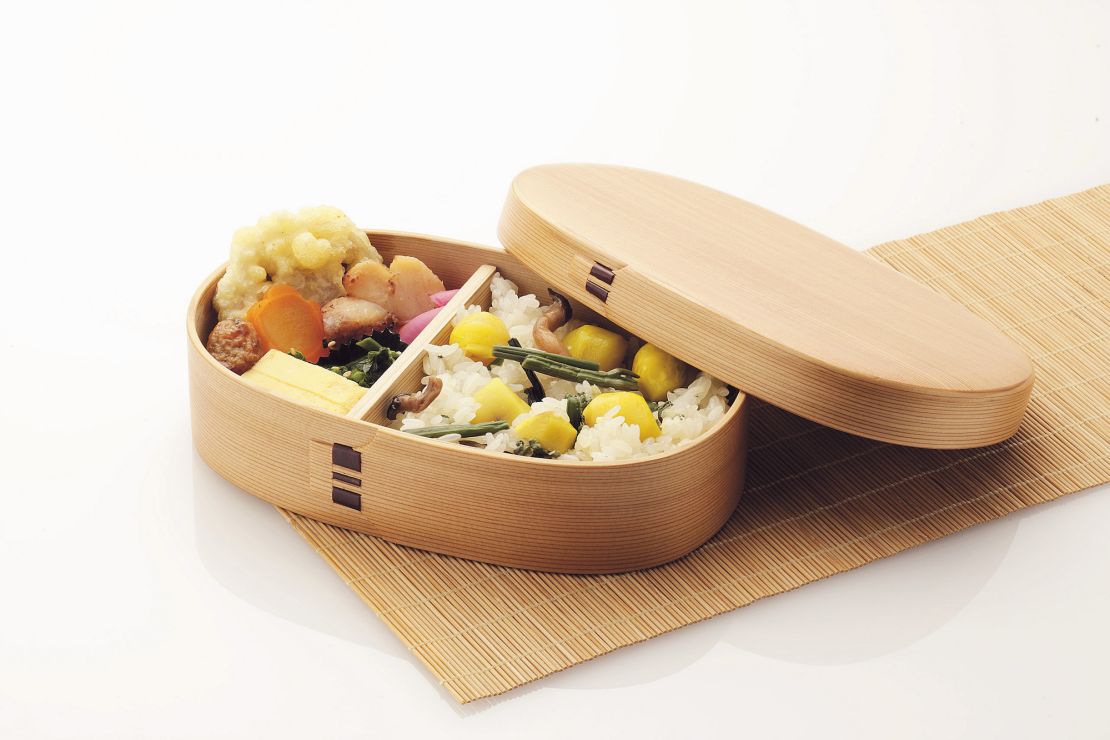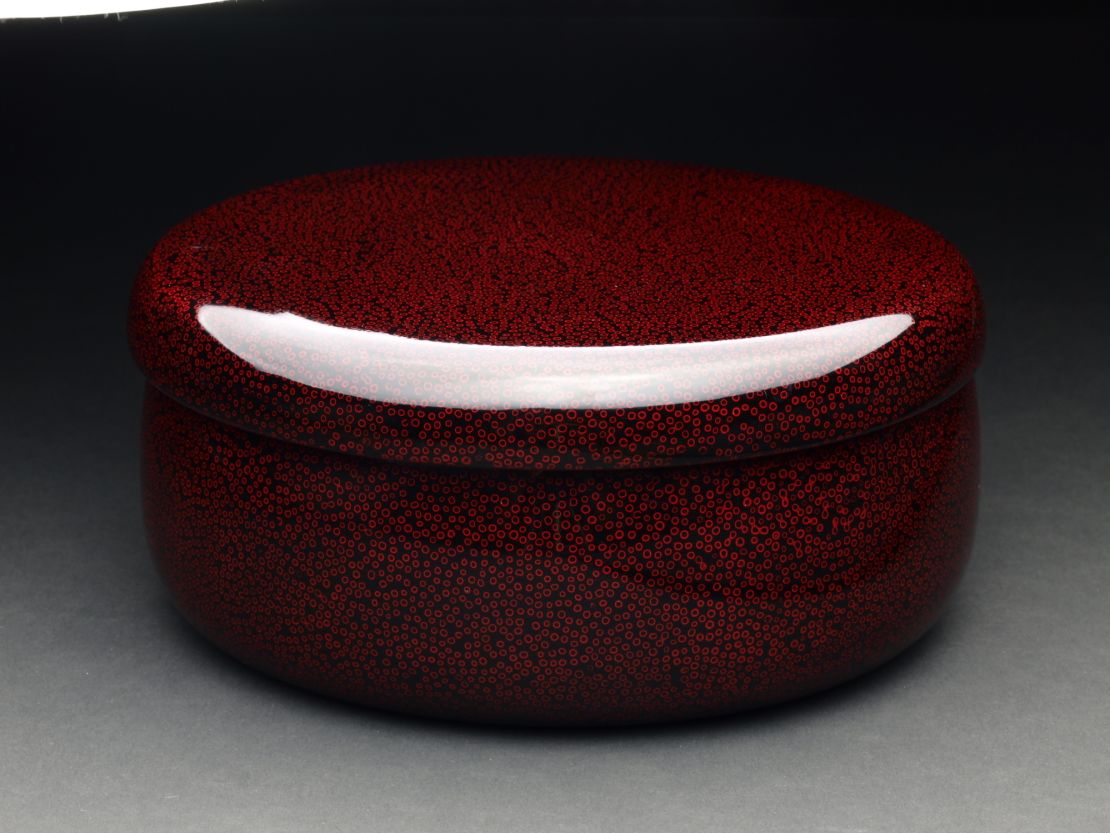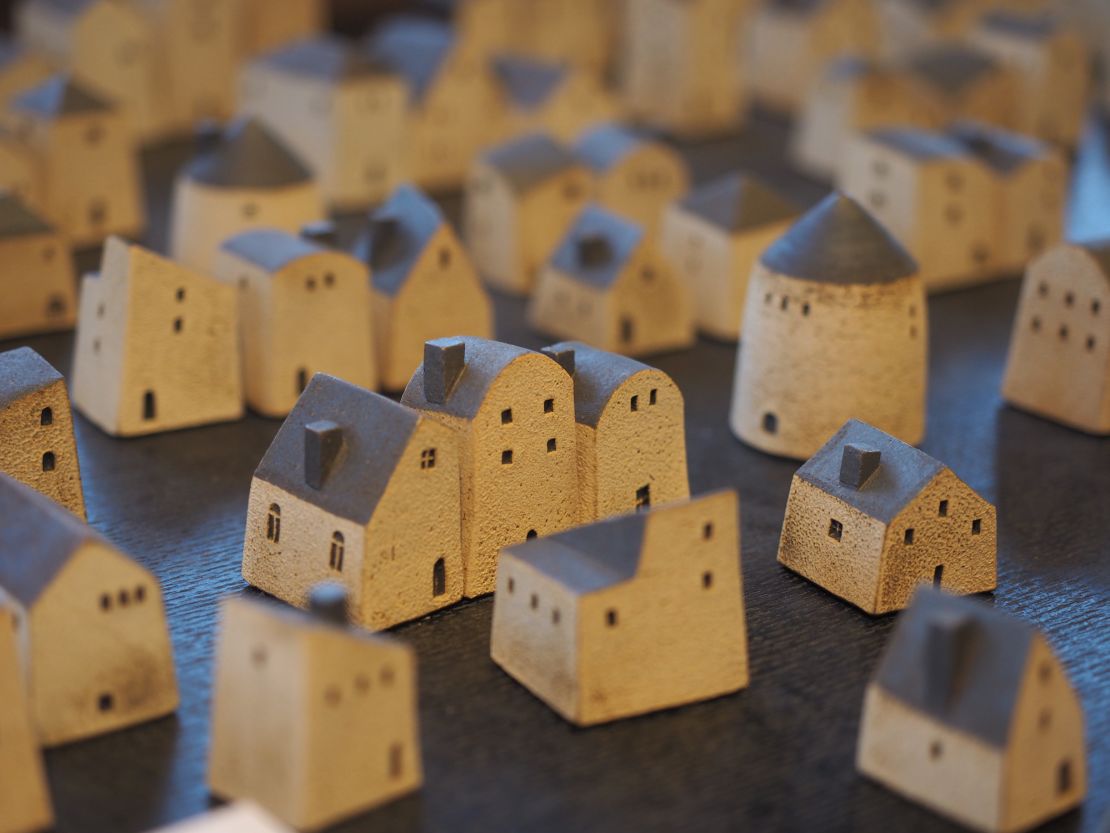Looking for a unique Japanese souvenir? Finding something that defies cliche can be a huge challenge.
Sure, painted novelty chopsticks, green tea sets and beckoning maneki neko cat dolls are a lovely addition to any home.
But when it comes to traditional arts, Japan’s northern region of Tohoku is where you’ll find some of the country’s most impressive ancient crafts – still being produced by skilled artists to this day.
Here’s at look at some of Tohoku’s most famous traditional arts and crafts as well as tips on how to experience the production process firsthand.
Magewappa (bent woodwork)

Regardless of whether you’re in a high-end restaurant or a tiny sushi joint, you’ll notice most of Japan’s best restaurants have one thing in common – presentation. What many of the dishes are served in are masterpieces in their own right.
Among these is magewappa, or bent woodware, a traditional craft used to make bento boxes, steamers and other items.
Magewappa originated in Akita, one of Tohohku’s six prefectures.
It’s made by soaking or steaming shaved wood, such as cedar or cypress, and bending it.
The aroma of naturally grown Akita cedar and the beauty of the wood’s straight grain lend character to the meal.
These simple, light but sturdy lunchboxes are both elegant and practical.
Magewappa can be found in shops throughout Akita prefecture but the award-winning brand Kurikyu, in the city of Odate, is particularly famous for its incredible magewappa designs.
Erosoku (painted candles)
Using only natural ingredients, these candles are made up of several layers of wax extracted from the seeds of lacquer trees.
Artisans paint the candle’s long body with florals and other decorations.
Once used by the samurai and upper classes, these colorful sticks add a festive touch during the winter months.
Artisans in Aizu, Fukushima prefecture’s westernmost region, have been making them by hand for hundreds of years.
Aizu hosts several candle festivals each year. For a list of events and shops, check out Aizu.com.
Kokeshi dolls

Little is known about the origins of kokeshi, but these traditional Tohoku dolls are popular souvenirs.
Their gentle expressions are hand-painted by simple, lively brushstrokes, their bodies smoothly carved out of cream-colored wood.
Even the Beatles were given some back in 1965 during a visit to Japan.
The wooden dolls are believed to have first been made during the Edo period (1603 to 1868) in an onsen area in Tohoku’s Miyagi prefecture and have long been associated with these therapeutic baths.
The most commonly seen dolls hail from the Naruko onsen resort, but there are also regional variations, distinguished by their facial features, designs and types of woods.
Today, modern versions sporting creative hairstyles and kimonos can be found throughout the country. An excellent video showing how they’re made can be watched here.
For those who want to make their own, the Tsugaru Traditional Art and Craft Store in Aomori offers doll-making workshops.
Kogin-zashi embroidery
Stitched on linen and dyed in indigo, the geometric patterns often seen on traditional embroidered Japanese cloth originated in the Edo era.
Behind that fine needlework is a history of hardship, dexterity and creativity in Aomori prefecture.
To endure the north’s severe winters, women in farm villages wore layers and layers of linen.
Stitch by stitch, they wove cotton threads onto specific areas to add structure to the fabric, and thus kogin-zashi embroidery was born.
Kogin means “small cloth” and zashi means “stitches.”
The technique has been rigorously preserved.
“Kogin has its own rules, and when even a single pattern is altered, it is not kogin any longer but mere ‘embroidery,’” says Sadaharu Narita, president of the Hirosaki Kogin Institute (61 Zaifu-cho in Hirosaki city, Aomori prefecture), which promotes the art of kogin-zashi.
Tsugaru lacquerware

Decorated with a filigree-like base pattern, these glossy wares are coated by layers and layers of colored lacquer.
Each layer has to be completely dry before the next one is applied.
At the end of the process, beautiful patterns with a rich sheen and sense of depth emerge.
Production of Tsugaru lacquerware began in late 17th century around the castle town of Hirosaki in Aomori prefecture.
Designated as a national traditional craft by the government in 1975, they are designed for everyday use though nicer pieces are strictly for decor.
Where to buy: Many shops in Hirosaki sell the product, including the Aomori Lacquerware Federation (2-4-9 Kanda, Hirosaki)
In Aomori city, head to the Aomori Torusato Shop (1-1-1 Yasukata, Aomori).
Nambu dyeing
Originally a fashion statement worn mainly by samurai, these funky patterns can now be found on items such as kimonos, bags and wrapping cloths.
The production technique, called Nambu kodai katazome, involves using a stencil to create intricate and geometric details.
It’s said that a man who worked for the Nambu samurai clan developed this three-step dyeing technique in 1628, adapted from a process brought in from China.
Visitors can learn more about the production process and buy dyed products at Ebisu-ya Ono Sensaisho (10-16 Zaimoku-cho, Morioka city, Iwate prefecture).
Tohoku’s arts and crafts villages

There are several hands-on craft villages in the region.
We had a chance to experience the fantastic Morioka Handiworks Square in Iwate Prefecture.
It offers workshops and demonstrations highlighting some of the prefecture’s food and arts specialties.
Most of the workshops take an hour. These include ceramics, bamboo crafts, traditional toys, noodle-making and takiura fabric-dyeing.
You can also watch the blacksmiths in action as they make beautiful Nanbu ironware like teakettles and vases.
Nanbu ironware, which originated in 1633, is a local specialty of Iwate prefecture. It was designated a traditional craft by the Japanese government in 1975.
In addition to all the hands-on workshops there’s a huge array of local souvenirs – not to mention plenty of bottles of sake, an Iwate specialty.













